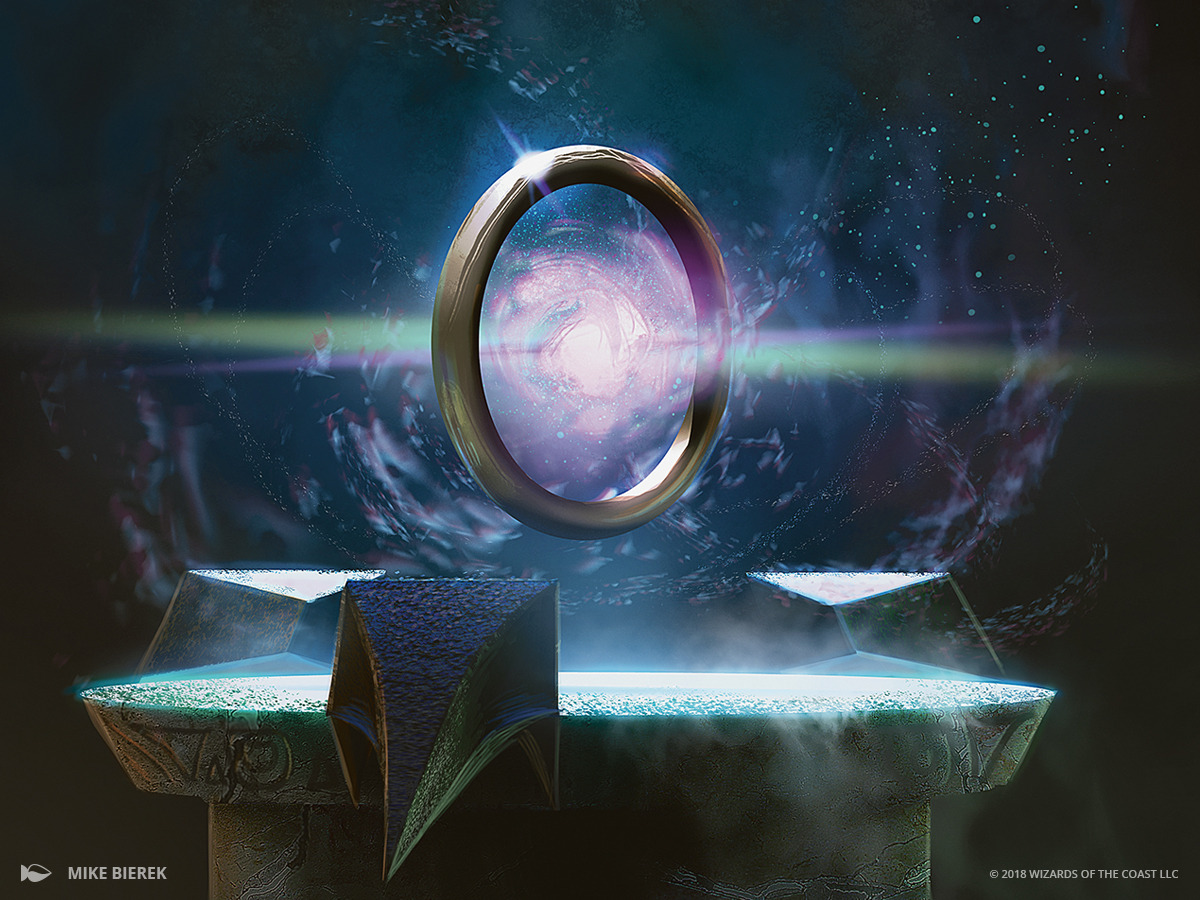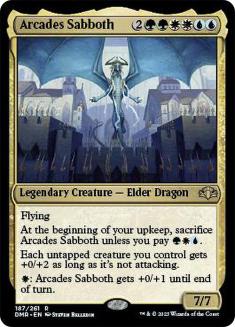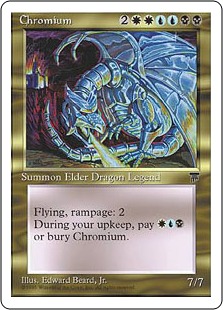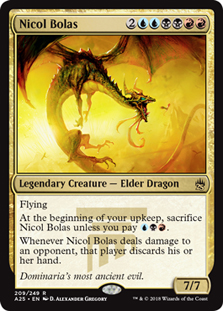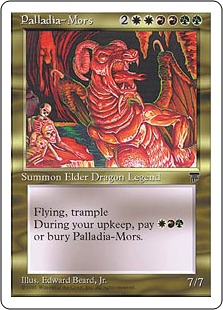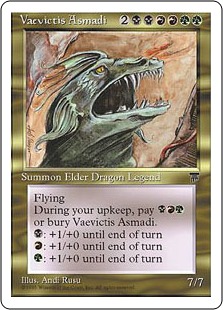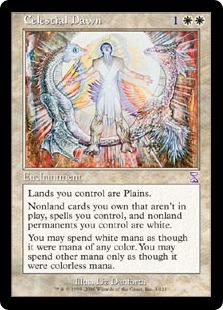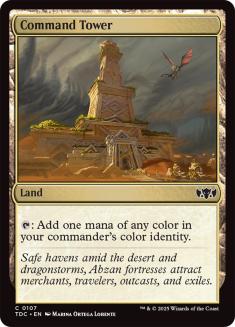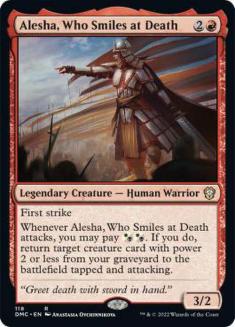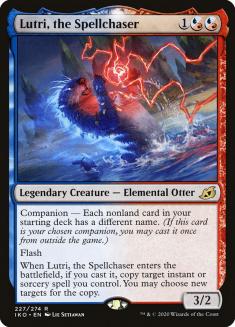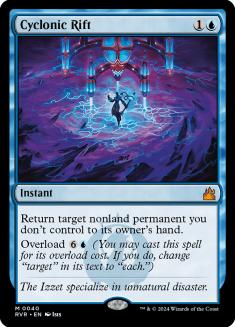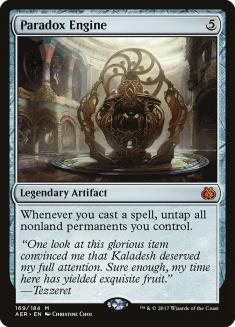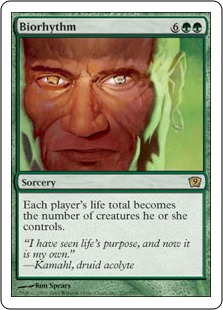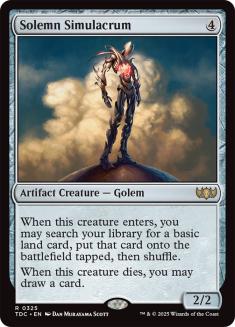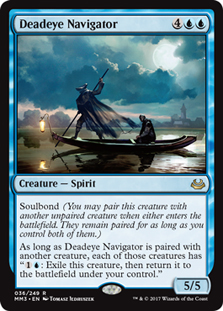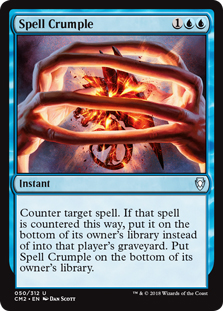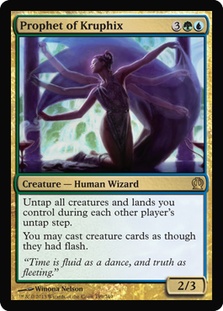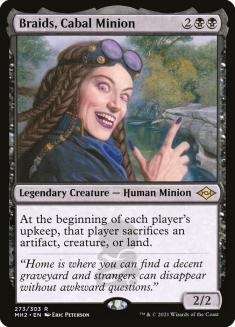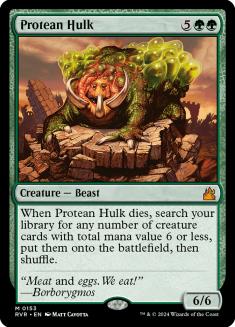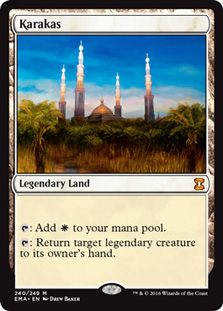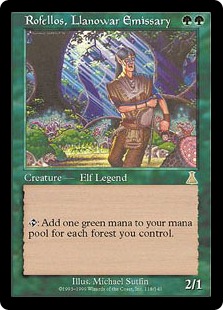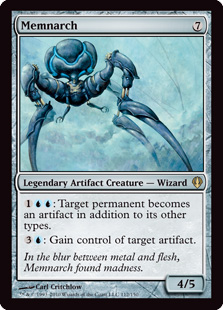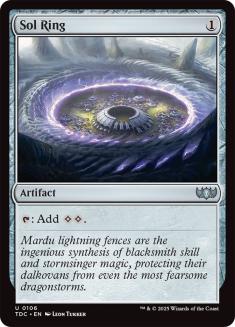As much as the rules and structure of the format, individual cards tell the story of Commander. They’ve shaped not just the way we play, but the way we think about playing. They’re the cards which have caused tectonic shifts in the format. Although they might not always be the most powerful, here’s my list of the twenty (plus) most significant cards so far in our never-ending tale.
Honorable Mention: The Elder Dragons
You can’t really talk about what’s important to the format without the five creatures that gave it its initial name: Arcades Sabboth, Chromium, Nicol Bolas, Palladia-Mors, and Vaevictis Asmadi. Save for Nicol Bolas, we don’t see much of the originals anymore, but they laid the foundations for what we became.
Honorable Mention: Celestial Dawn
There used to be a rule (Rule 4) that you could only generate mana in your commander’s color identity. If for some reason you tried to generate other mana outside your color identity (like if, for example, you were playing Rakdos and gained control of someone’s Noble Hierarch), it produced colorless instead.
After quite a bit of discussion, we decided that, while we still really liked the flavor, the format wouldn’t miss the rule. It would get rid of one of the moments that was a bit of a gotcha for new players, and it really wouldn’t come up that often anyway.
The change eliminated some corner cases that were pretty awkward, leading to a more streamlined format in general. Although it wasn’t particularly widely played, Celestial Dawn and others like Harvest Mage are examples of the holes we closed.
Honorable Mention: Command Tower
Command Tower’s mention comes from a relatively straightforward spot: it was made specifically for Commander players and no one else. In the first Commander product, it signaled that our friends in Studio X (called R&D at the time) were not just willing to design with the format in mind, but specifically targeting parts of the game which meant something only to us.
20. Alesha, Who Smiles at Death
Representation matters, and none was more barrier-shattering than Alesha. This one was important not just for Commander, but Magic as a whole. Let me share a few words from Commander Advisory Group (CAG) member Charlotte Sable:
It doesn’t seem like any more needs to be said.
19. Lutri, the Spellchaser
This list is about cards which changed the Commander landscape, and Lutri was a backhoe. It’s the only card which allows effective breaking of the 100-card deck construction rule, but the impact of the card is more than that. It led us to modifying Rule 11, adding the word other to it: “Parts of abilities which bring other card(s) you own from outside the game into the game do not function in Commander.“ The change actually helped us further clarify the function of Wishes and any other outside-the-game cards, leaving little room for misinterpretation.
18. Cyclonic Rift
What makes Cyclonic Rift important is that for us it sets the line between healthy and unhealthy in the format. That line is pretty fuzzy, so it’s reasonable to think that the card could also be setting the mark in the other direction, and there might be some compelling arguments for it. So far, none of them have swayed us. Given that the predominant use of the card seems to be defensive, we still find it healthy. It’s difficult to see any real degenerate use for Cyclonic Rift. It’s notable that the card is frequently talked about, and talk itself is healthy.
17. Paradox Engine
The July 2019 announcement said the most telling thing about Paradox Engine: “While we don’t ban cards which are only problematic if you build around them, Paradox Engine has clearly demonstrated that it doesn’t need to be built around to be broken.” We knew we had to ban Paradox Engine despite its popularity.
It was also the first card banned after consultation with the Commander Advisory Group—and to be fair to them, their individual opinions covered a broad range; you can check out their various social medial profiles to see what they said at the time. The importance of this card is that we knew we were going to take a few body blows for banning it, but knew it was in the best interest of the long-term health of the format.
16. Riftsweeper
A casualty alongside Karakas, Riftsweeper’s ability to shuffle someone’s general into their deck from exile, which is where they lived at the time, indirectly led to the creation of the command zone. Many players already thought that there was a “General Zone” in which they lived, so the command zone was an organic idea.
It was actually initially created for Planechase cards, but I’m reasonably sure that the format which would become Commander was already on their minds. It’s become the place where emblems also live, and likely still has some design possibilities for the future. No longer a threat to anyone’s general, Riftsweeper was unbanned right after the release of Planechase in September 2009.
15. Biorhythm
When I got my hands on proto-EDH, there were only five players (one with each of the Elder Dragons as their general) and very few rules. Games were long and grindy, and pretty much devolved into waiting for one of the green players to cast Biorhythm, especially after someone had cast a Wrath of God.
Repetitive play patterns do not make a good format; if my memory serves correctly (it’s been nearly twenty years, after all), Biorhythm was the first card I jettisoned. While some might argue that if it were legal no one would play it anyway (it’s not like we’ve been overrun with a plague of Shaman of Forgotten Ways), it still serves as the exemplar for the kind of experience that we’d like to avoid.
14. Solemn Simulacrum
The sad robot created the concept of the staple in Commander (for better or worse). Fitting into all color identities, it was good value that would never dominate a game or lead to a degenerate state, showing that ubiquity alone wasn’t an attribute that makes a card problematic. It was one of the first cards where someone walking by the table could see and know what format you were playing—or if they didn’t, it caused them to ask. While the folks who want a faster format have given it up in recent years, it’s still an important card for a large part of the fanbase.
13. Deadeye Navigator
Deadeye Navigator is one of the most-discussed cards of all time—or was at one point, having dwindled into a kind of obscurity over the last several years. For us, it serves as an example for all those cards that people panic over when they first see it, but then turns out to be not as bad as they thought. Yes, it can create some game-dominating combos (perhaps a few of them pretty annoying), but in the end, we saw it as a strong card that wasn’t all that difficult to answer because it was pretty mana-intensive.
12. Spell Crumple
This made-for-Commander card (along with Hinder, which came out all the way back in Champions of Kamigawa), led to the 2015 change in the somewhat-still-contentious tuck rule. There was already a replacement effect which put your commander back in the command zone if it would go to the graveyard or exile. We simply added the choice to put it there if it would go to library or hand as well. There wasn’t a single silver bullet that got us there, but four different points:
- We didn’t want the feel-bads associated with not having access to your commander the rest of the game.
- Tuck led to people playing even more tutors so they could go retrieve a tucked commander, and we’d like to encourage a lower tutor count.
- Tuck was a great weapon against problematic commanders, but being only available in two colors made people feel forced into using them just to survive. We obviously prefer a more diverse field.
- It helped clear up a corner case issue about knowing the commander’s exactly location in the library.
We still get the occasional call to bring back tuck, but those numbers continue to dwindle.
11. Primeval Titan
Prime Time was arguably the most ubiquitous card of all time. It was like Kokusho, the Evening Star from a decade before, in that once it hit the table everyone wanted to copy or control it. Games devolved into battles over the card. In the case of Primeval Titan, the battle got completely out of control. It represented a difficult decision for us—banning a card because it was too popular. It was additionally difficult because we all liked it a great deal. Simply put, from the September 2012 announcement, its “…effect on games couldn’t be ignored and sad though we are to see it go, we think it will make for a more interesting and diverse format.“
10. Kokusho, the Evening Star
Speaking of Kokusho, it was the first card (September 2008) that we banned because of its demonstrated impact on games. But it’s even more important because it got unbanned (coincidentally at the same time Primeval Titan went on the list). We had done some (decidedly unscientific) testing with it, which we even made mention of in the June 2012 announcement. By September, things were clear that the card wasn’t going to be the dominant force it once was. Kokusho did, however, get banned as a commander until the category went away. The card still sees play and still can be very swingy, but graveyard hate in the 21st century has gotten prevalent and sophisticated enough that the card is nowhere near degenerate.
9. Prophet of Kruphix
We knew Prophet of Kruphix was trouble as soon as we saw it, but gave it a chance nonetheless (perhaps naively so). Eventually, it did what we thought that it might: it not only created devolved game states and created “play it or be prepared to play against it” attitude and reality, we felt as though it was driving deck-building and commander choices in an unhealthy direction.
Simic was already the most popular color combination before the card came out; once it did, many other non-Simic commanders got abandoned in order to play the Prophet, which was simply not a great direction for the format. Once again, we had to make the difficult choice to ban a popular card, but we believe Commander is better for it. We still hear requests to unban it, but they generally come from folks who weren’t playing when the card was tyrannizing the 100-card tables.
8. Braids, Cabal Minion
You can blame Wizards of the Coast Vice President Aaron Forsythe for the initial ban of Braids. Shortly after fellow RC member Scott Larabee had introduced the format to the folks out in Renton, Aaron built a Braids deck that reliably locked up the game on Turn 2 and then started terrorizing the building with it.
This certainly wasn’t the kind of thing that we wanted for our still-growing and fun-based format. In June, 2009, Braids singlehandedly created the “Banned as General” list, one that we’d use for another five years, until removing it in September 2014.
Braids is still the card that most folks use as fuel for their argument that “Banned as Commander” should come back, arguing that while it’s miserable coming out of the command zone, it’s fine in the 99. We don’t disagree, but there still aren’t nearly enough cards that would go on the list. You can see the whole argument in an article I wrote a few weeks back.
7. Protean Hulk
Protean Hulk spent most of a decade on the banned list, going on in September 2008 and coming off in April 2017. The important piece of the P-Hulk puzzle came when it was unbanned, generating quite a bit of controversy, especially among the folks who like to swim in the high-powered end of the pool.
As we said at the time, there was some community support for unbanning it, and we waited until we had a consensus on the card, understanding some of the issues it might cause. For us, the card reinforced that sometimes the landscape of Commander changes, and what might have been problematic in one era wasn’t as much of an issue in another. From what we’ve seen, especially since the ban of Flash, Protean Hulk is strong without being dangerous. Its association with the Flash ban cements its place on this list.
6. Flash
The mechanics of Flash were nowhere near as important as its impact to a subset of the player base. It had become a dividing line in a community that we wanted to bring together, exacerbated by the unbanning of Protean Hulk.
It took some time and a great deal of discussion, but we eventually got there. The format as a whole is better for it because players in the cEDH portion of community felt seen, heard, and understood. While we haven’t changed our stance on balancing the format for competitive play, this was a moment that we all needed.
5. Karakas
By September, 2008, Commander (it was still EDH back then) was seeing enough play around the world that format-level errata was no longer supportable. Before then, commanders (at the time called generals) all had protection from Karakas. We didn’t want to give one color an easy and cheap way to keep someone’s commander off the battlefield. Karakas, along with the next card on this list (which is on it for another reason), were casualties of the format’s growth. It still stands today as the exemplar for why we don’t change cards at the format level.
4. Rofellos, Llanowar Emissary
The history of Rofellos is long and winding, being banned, unbanned, and then re-banned, but its major significance comes from its role in the creation of the commander tax. There was a time, back in the early days, when generals cost the same for subsequent castings. We made the Rofellos Rule. It was an awkward attempt to mitigate the impact of an inexpensive commander in the days when commanders commonly cost six or more. The Rofellos Rule was that if your commander cost less than six, it cost at least six every time you cast it. That meant that the progression of casting Rofellos subsequent times would be 6-6-6-8 as opposed to the 2-4-6-8 it would be today. Needless to say, the rule was kind of dumb and didn’t do what we wanted it to do. It took us a while and a little trial-and-error, but we eventually settled on the commander tax of {2}, and the rest is history, which we owe to one little Elf.
3. Memnarch
In the days before color identity existed, the cards which could go into your deck were determined just by the colors in the mana cost of your commander. If a card had pips on it that didn’t match the upper-right-hand corner, you were out of luck.
Color identity, which owes its origins to the fertile mind of former Rules Manager Matt Tabak, sprung from the fact that Memnarch, along with Bosh, Iron Golem; Thelon of Havenwood; Daughter of Autumn; and Rhys the Exiled invalidated themselves as generals.
Memnarch was an especially popular card, and there was a reasonably high demand to be able to play it as a general. Finding a way to do that didn’t break the format, so we took Matt’s idea and developed it. It later opened some space for designers to get into with legendary creatures. My only regret is that color and color identity often get confused. In hindsight, we should have named it something different, like mana identity.
2. Niv-Mizzet, the Firemind
Back in the beginning, if you took 21 damage from a general, you lost, regardless of where that damage came from (despite the fact that the idea came from three hits from one of the original Elder Dragons). While Heartless Hidetsugu from Betrayers of Kamigawa predated it, Niv-Mizzet was the driving force for changing it to only combat damage.
Heartless Hidetsugu raised our eyebrows, but we didn’t think too many players would be keen on the mutually assured destruction it brought. Niv-Mizzet was an entirely new animal. It became pretty easy to kill players (and not yourself) without ever battling them. At the time, we were especially interested in encouraging players to attack, so combat damage became the obvious answer. It’s now one of the hallmarks of the format.
1. Sol Ring
It’s arguably the card that made the format. When we first started playing in public places, it was always the card that players seized on and became excited about. Over the years it’s become a much-debated focal point on whether it should be banned or not, whether it’s healthy or leads to degenerate battlefield states too early in the game.
The simple truth is that it’s now the format’s most iconic card, and it’s not going anywhere anytime soon.
From Commander’s most humble beginnings to becoming the most popular way to ever play Magic, specific cards have been the drivers of the format’s evolution, sometimes in unexpected ways. What are the next cards which will drive the format into the future? Only time will tell.
Special thanks to cryogen at MTGNexus for his continued maintenance of the Commander Quarterly Update archive, which I referenced in writing this piece.
Visit my Decklist Database to see my Signature Decks, the Chromatic Project, and more!

